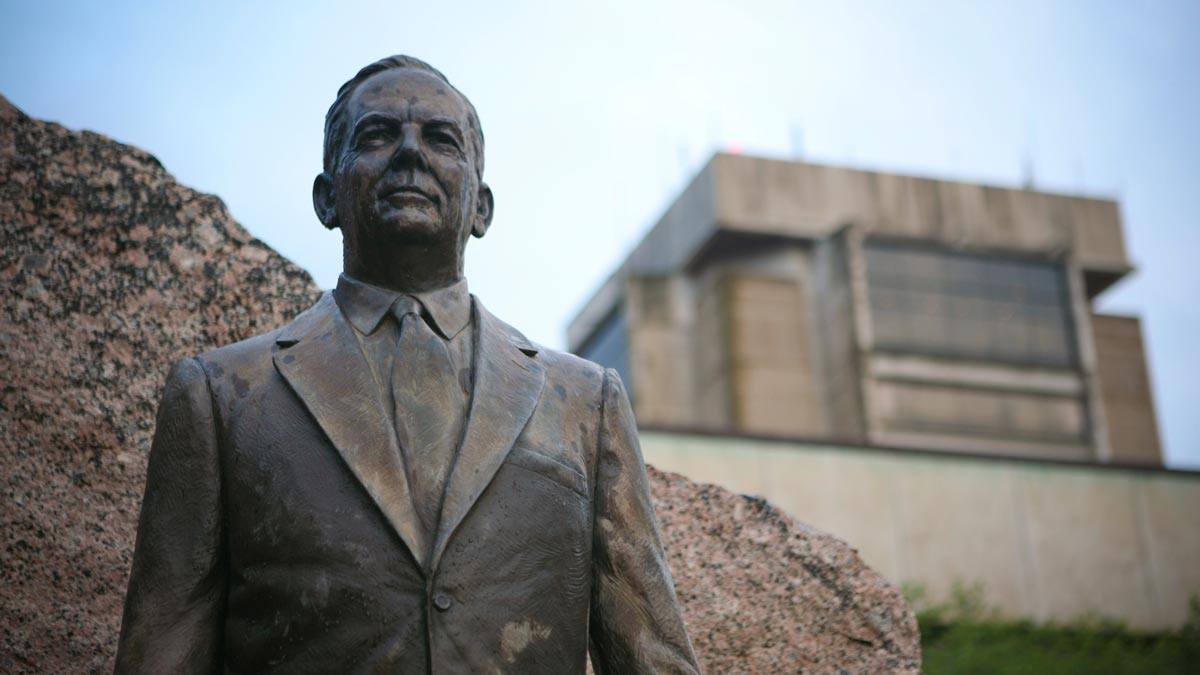Gen. James Earl Rudder’s legacy is deeply woven into the fabric of Texas A&M University. His bravery on D-Day exemplified selfless service and integrity, the same values he carried into civilian life as president of the university. This connection between a pivotal moment in world history and Texas A&M underscores the university’s enduring commitment to service and in shaping national leaders through values-based education and civic-minded responsibility.
On June 6, 1944, during the D-Day invasion of Normandy, then Lt. Col. James Earl Rudder ‘32 led the U.S. Army’s 2nd Ranger Battalion in one of the most daring and pivotal missions of World War II: the assault on Pointe du Hoc. This heavily fortified German bunker sat atop 100-foot cliffs overlooking Omaha Beach. Despite losing more than half his infantry and being wounded twice himself, Rudder charged forward, and his leadership and bravery became a part of his enduring legacy and Texas A&M’s. His actions are not just a part of Aggie history — they are a part of the broader American story of freedom and resilience.
A graduate of Texas A&M, Rudder later returned to his alma mater after WWII and became the university’s 16th president in 1959. Drawing on his experience during the war, he brought bold ideas and a reform-minded approach to the university, making the Corps of Cadets optional and expanding the university’s academic and research programs. These changes helped modernize Texas A&M, elevate it to national prominence and lay the foundation for continued advancements in serving the state, nation and world through education, research and outreach.
Today, the Rudder Theatre Complex, Rudder Plaza and a statue in his honor stand as tributes to his impact — both as a war hero and as a visionary leader in higher education — at the university’s main campus in College Station.
Past Tributes
Read more about Rudder and his exemplary service to his nation and Texas A&M.
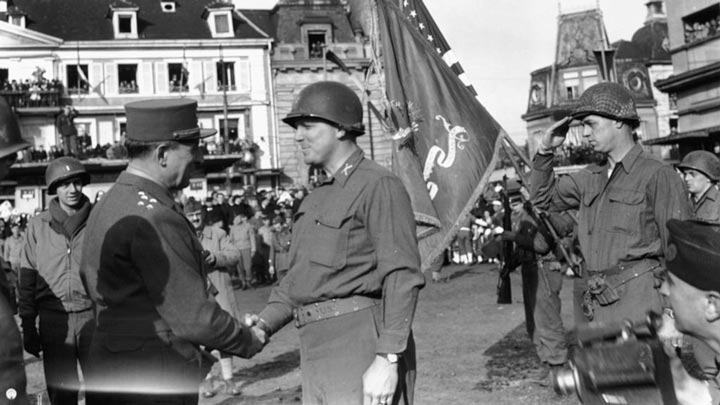
Rudder’s experience on the battlefield was central to his success as a public servant and beloved university president, says historian and biographer Thomas Hatfield.
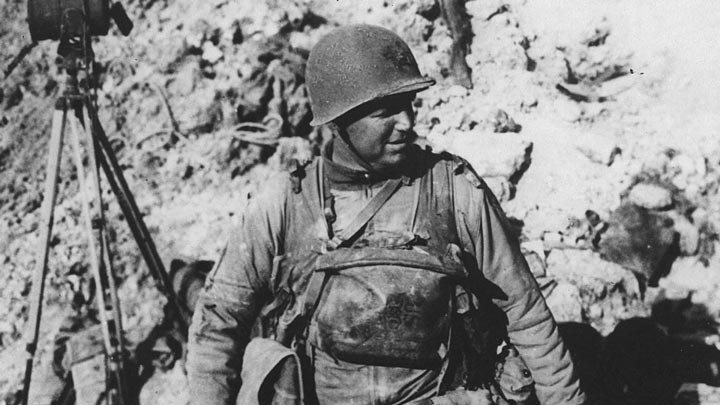
The celebrated World War II hero and Texas A&M president first made a name for himself while on a mission to capture Pointe du Hoc.
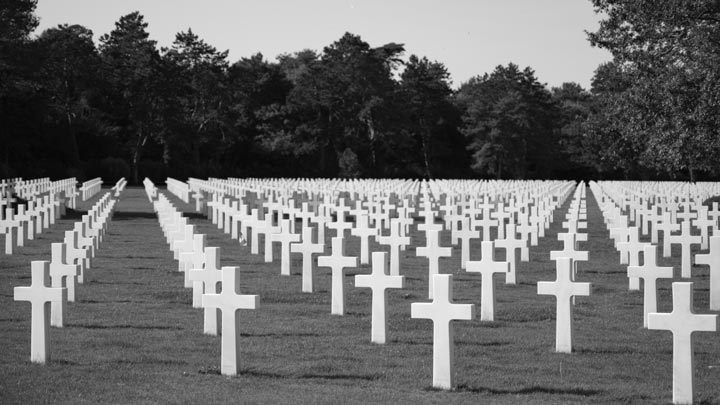
Retired Texas A&M University archivist Dr. David L. Chapman ’67 compiled a list of the Texas A&M men buried or memorialized at the Normandy American Cemetery, and that list has been added to by Jeff Flowers ’87.
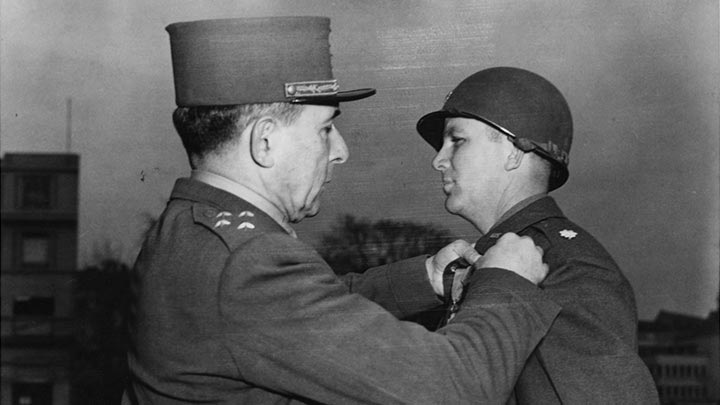
World War II veterans are known to history as members of “The Greatest Generation.” In this feature by the Texas A&M Foundation, eight Aggie veterans reflect on their WWII military service and how it shaped them.

